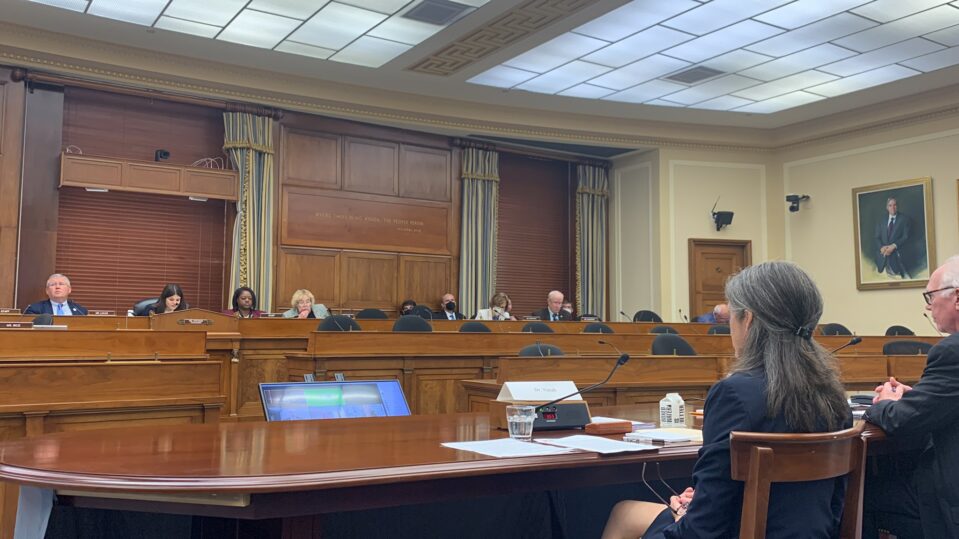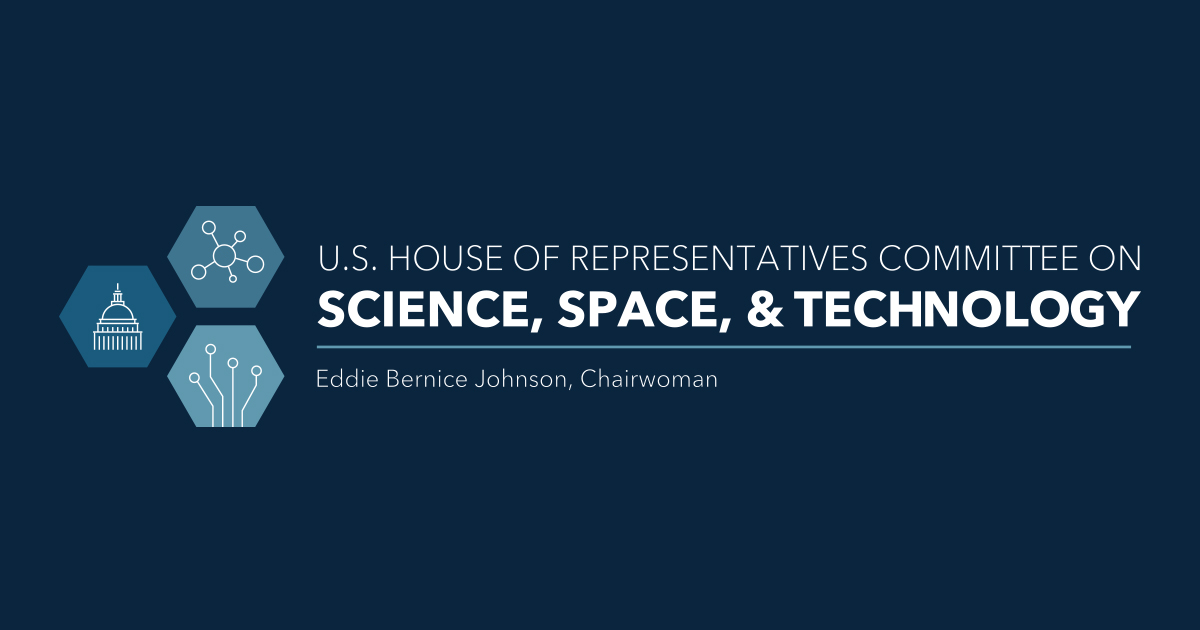Woodwell Climate Research Center’s Dr. Sue Natali testifies to House Committee on Science, Space, and Technology

Chief Communications Officer, Woodwell Climate Research Center
Increased federal research support needed to address rapid Arctic warming
Congress needs to support more extensive and robust permafrost research. That’s the message that Woodwell Arctic Program Director and Permafrost Pathways lead Dr. Sue Natali carried to lawmakers as she testified before the House Committee on Science, Space, and Technology on Tuesday, September 20, 2022.
As the Arctic warms three to four times faster than the global average, permafrost that has previously been frozen for years, if not centuries or millennia, is thawing. Because the frozen conditions of Arctic permafrost delay or prevent the decay of dead plant and animal matter, it has accumulated an enormous amount of carbon—four times the amount that humans have released since the Industrial Revolution. As the ground thaws, microbes can break down that organic material and release carbon dioxide and methane into the atmosphere.
“Greenhouse gas emissions from thawing permafrost could use up 25 to 40% of the remaining carbon budget to stay below 2°C warming,” Natali told the Committee. “Yet these emissions are generally underaccounted, in part, due to major gaps in Arctic carbon monitoring and modeling. The failure to accurately account for permafrost thaw undermines the integrity and efficacy of global mitigation policy.”
For Alaskan communities, dramatic landscape change brought about by rapid warming threatens homes, infrastructure, and traditional lifeways. The compounding hazards of permafrost thaw, flooding, and erosion together have been called usteq, which is the Yup’ik word meaning “surface caves in.”
“Arctic residents and scientists have been observing permafrost thaw for decades,” Natali testified. “But we cannot address this problem without amplified research and policy support from Congress.”
Dr. Natali highlighted five areas for increased federal research support:
- Strategic funding opportunities for permafrost as a larger-scope and long-term research priority.
- Focused investment to reduce uncertainty in climate monitoring and modeling.
- Improved interagency coordination on Arctic research planning and funding.
- Recognition that permafrost thaw, like climate change, is an international issue that warrants international solutions, including pathways for data exchange, grant funding, and equipment sharing.
- Direct support to Alaska Native tribes to coproduce knowledge and lead climate change research.
Read Dr. Natali’s full written testimony here.
Go to top


